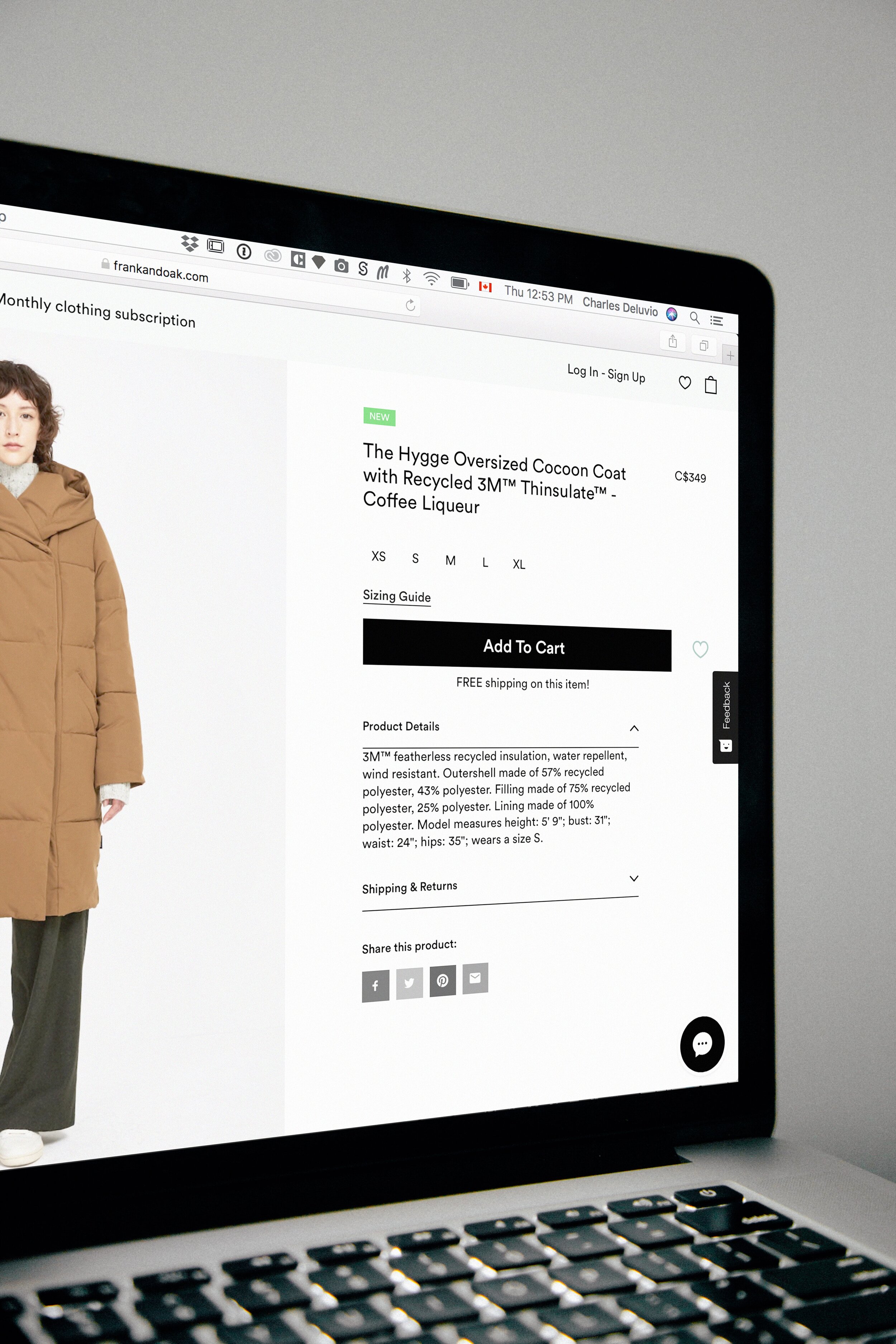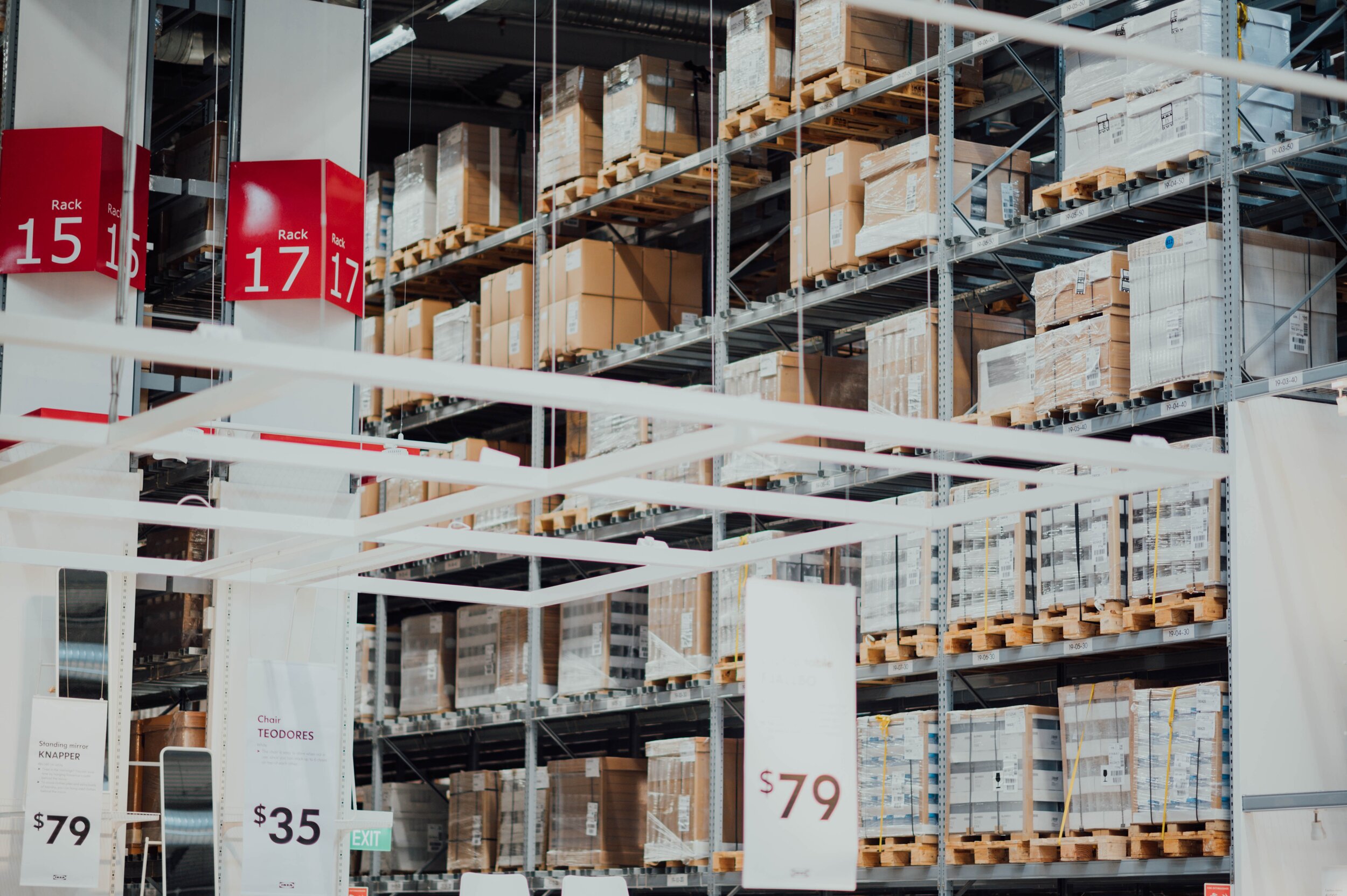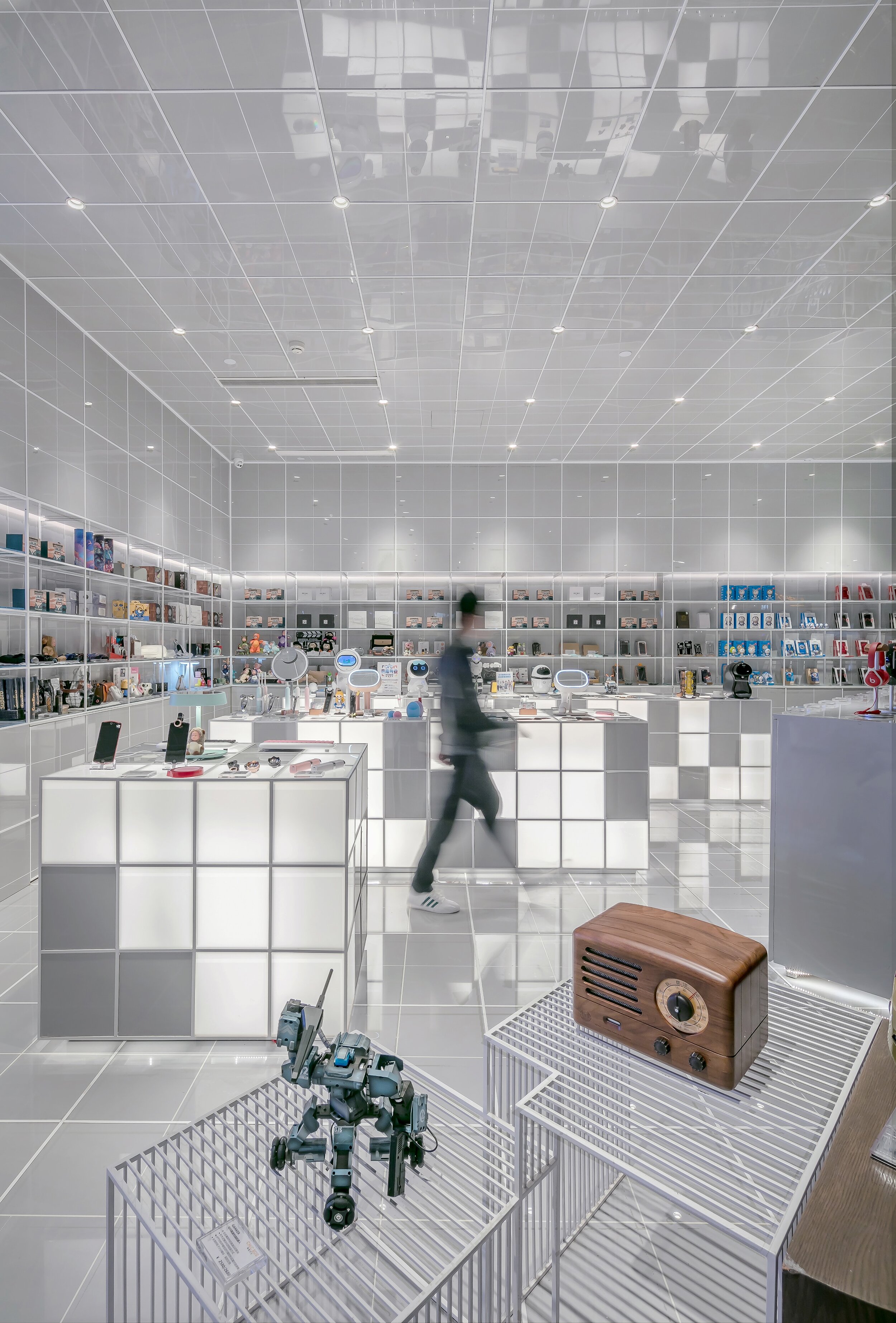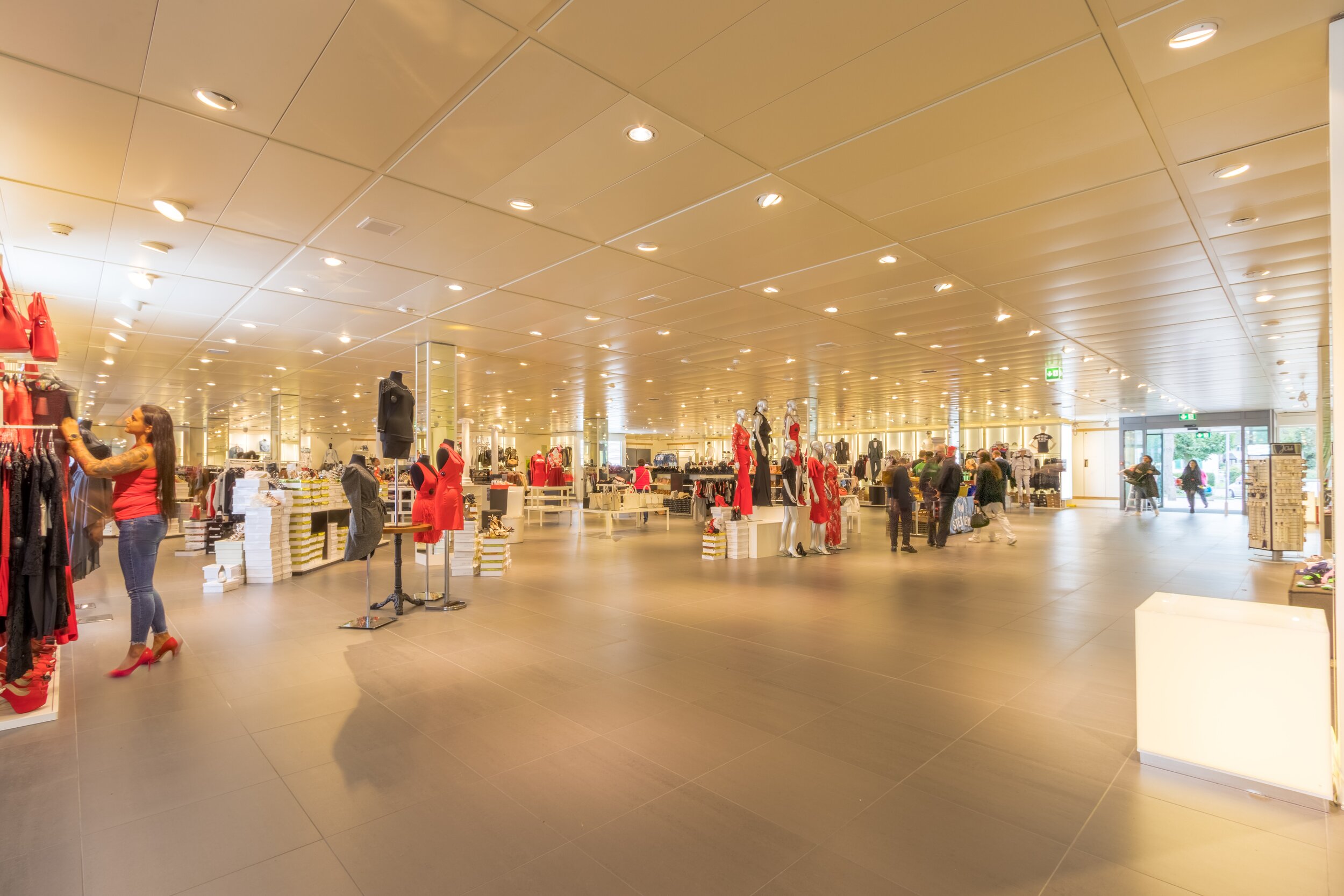“A lot of established retailers are struggling with legacy systems and have bolted on solutions for the digital space that don’t easily integrate. The reason unified commerce resonated with me is that it focuses on having one core platform to do the heavy lifting and having a single source of truth to manage the customer data, inventory and order orchestration. Rather than relying on too many systems to push and pull data everywhere.”
This is how Shane Lenton, Cue Clothing’s CIO and number 8 on 2020’s Australia CIO50, described the Infinity unified commerce platform. Infinity’s single view of inventory and customer has helped Cue launch many inventive, connected and personalised experiences that delight customers, build loyalty, drive growth and improve profitability.
So how does a single source of truth translate to customer satisfaction and new revenue streams?
If your retail management system has been built up organically and relies on complex dependencies, you’ll know how difficult, slow and expensive it can be to integrate with modern technologies and create new customer experiences.
A unified commerce platform can take that pain away. It bypasses the limitations of legacy and omnichannel systems by linking internal channel silos and letting you easily share data and services across all areas.
With one platform, you gain the single source of truth that gives you real-time visibility of your customer, inventory and fulfilment data across all your stores and channels.
Combine Infinity’s data accessibility with its open platform, integrations and APIs, and you can offer customers the easy purchase, convenient delivery, and stress-free return options they want while recognising and rewarding the shopping they do with you. Here’s how:
One view of stock leads to increased sales
Infinity lets you consolidate your inventory from all locations – warehouse, individual store, on order – and make it available for customers to buy anywhere, at any time by website, app, store or via your call centre. You’ll increase margins while reducing your inventory holding.
Improve profitability by fulfilling orders the way customers want
When your data is unified, you can offer a range of fulfilment options no matter what channel an order comes in from. Click-and-collect, store-to-door delivery, drop shipping and ‘endless aisle’ fulfilment are all possible. You choose what’s best for customers and most profitable for you.
Make ‘buy anywhere, return anywhere’ a reality
With Infinity’s simple and cost effective returns capability, you can manage the entire process including return payment transactions, price validation, inventory re-allocations, notifications and customer record updating.
To know them is to love them
Whether a staff member or a customer enters the customer’s details into your system or loyalty program in-store or online, that information is captured and stored in one place so you can recognise them consistently wherever they shop with you. Using that data and Infinity’s loyalty capabilities, you’ll know which customers are most profitable and what their preferences are. Store teams can see this information as well to offer personalised service and encourage conversion at point of sale.
See what a single source of data truth can do for your business
If you want to expand your ability to offer a seamless blend of physical and digital customer experiences, it’s time to unify your data. Contact us to get started now.
For more on unified commerce and why it’s the future of retail, download this free ebook.


































































